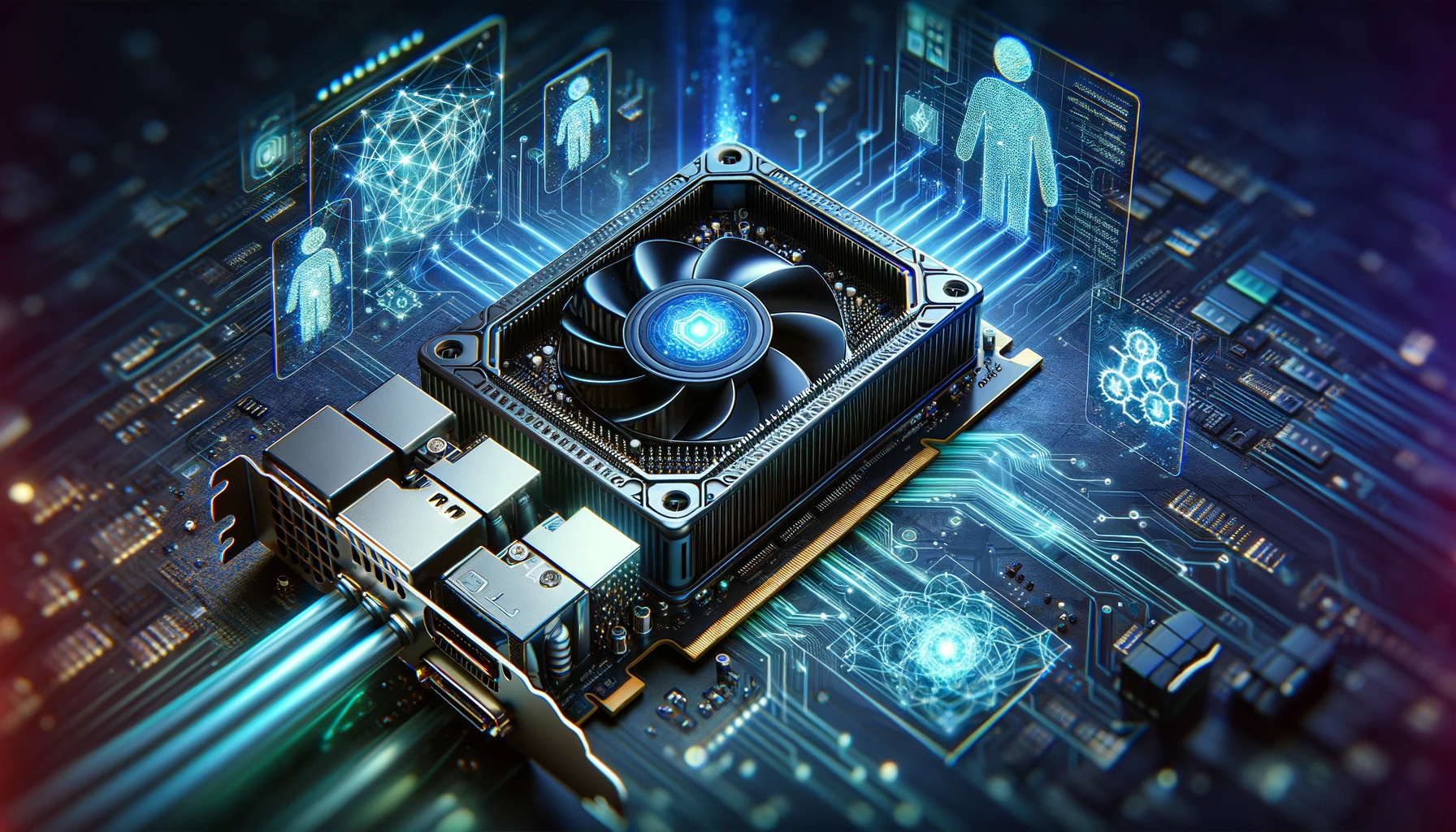
AI inference is a crucial aspect of artificial intelligence systems, defining how machines make decisions based on previously learned information. In essence, it is the process through which trained AI models apply their knowledge to new data or inputs. This stage follows AI training, where models are taught to recognize patterns and make predictions.
The Basics of AI Inference
In AI, inference follows the training phase where models are trained on large datasets to learn patterns and relationships. During inference, these trained models are used to process new data and make predictions or decisions without further learning. This distinction is crucial as it separates the learning phase (training) from the application phase (inference), allowing AI systems to function autonomously once trained.
Explanation of AI training vs. inference
AI training involves exposing models to vast amounts of data to learn patterns and relationships, adjusting parameters to minimize errors. In contrast, inference uses these trained models to apply their learned knowledge to new data, making decisions or predictions based on what they’ve learned during training.
Role of inference in AI models
In AI models, inference plays a vital role in making real-time decisions or predictions based on past learning. It involves processing input data through the model’s algorithms to produce an output, such as recognizing objects in images, interpreting speech, or predicting financial trends.
Process of applying trained models to new data
The process of AI inference begins with input data fed into the trained model. The model then applies its learned parameters and algorithms to the input, processing it to produce an output. This output could be a classification (e.g., identifying an object in an image), a prediction (e.g., forecasting sales trends), or a decision (e.g., autonomous vehicle navigation).
Types of AI inference techniques (e.g., batch, online, streaming)
AI inference techniques vary depending on the application and the need for real-time processing. Batch inference involves processing large batches of data offline, while online inference handles data in real-time as it arrives. Streaming inference is used for continuous data processing, suitable for applications like video analysis or IoT devices.
How AI Inference Works
AI inference works by utilizing pre-trained models What is AI Inference to process new data and make decisions or predictions. Once a model is trained on historical data, it captures patterns and relationships that it can apply to new, unseen data during the inference phase. This process is essential for various AI applications, from image recognition to natural language processing.
Real-world examples (e.g., autonomous vehicles, voice assistants)
In autonomous vehicles, AI inference allows the vehicle to interpret its surroundings in real-time, making split-second decisions based on sensor data and learned patterns. Similarly, voice assistants like Siri or Alexa use inference to understand and respond to spoken commands, applying language models trained on vast amounts of speech data.
Impact on industries (e.g., healthcare, finance)
AI inference has transformative effects across industries. In healthcare, AI can analyze medical images or patient data to assist in diagnosis or treatment decisions. Financial institutions use AI inference for fraud detection, risk assessment, and automated trading strategies, leveraging past data to make informed decisions in real-time.
Challenges and Considerations
While AI inference is powerful, it also presents several challenges and considerations that must be addressed for optimal performance and ethical use.
Accuracy and reliability in inference
Ensuring the accuracy and reliability of AI inference is crucial, as errors can have significant consequences, especially in critical applications like healthcare or autonomous driving. Models must be rigorously tested and validated to minimize errors and improve reliability.
Ethical considerations (e.g., bias, transparency)
AI inference raises ethical concerns, such as bias in decision-making or lack of transparency in how decisions are reached. Addressing these issues involves ensuring diverse and representative training data, designing models to be interpretable, and implementing fairness-aware algorithms to mitigate biases.
Future Trends in AI Inference
The field of AI inference continues to evolve rapidly, driven by advancements in hardware capabilities, algorithmic improvements, and increasing demand for real-time processing solutions across industries.
Advances in hardware (e.g., GPUs, TPUs)
Hardware advancements, such as Graphics Processing Units (GPUs) and Tensor Processing Units (TPUs), play a crucial role in enhancing the speed and efficiency of AI inference. These specialized processors are designed to handle the intensive computations required for neural networks, enabling faster inference times and scalability.
Potential developments and research directions
Future research in AI inference focuses on improving model efficiency, reducing inference latency, and enhancing model interpretability. Techniques like model pruning, quantization, and novel architectural designs aim to optimize AI models for deployment in resource-constrained environments or edge devices.
Conclusion:
AI inference is fundamental to the functionality of artificial intelligence systems, enabling machines to apply learned knowledge to new data and make autonomous decisions or predictions. Understanding how AI inference works, its applications across industries, and the challenges it presents is crucial for harnessing its full potential while addressing ethical considerations and driving future advancements.

